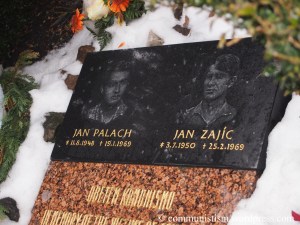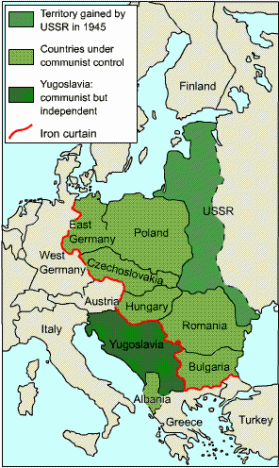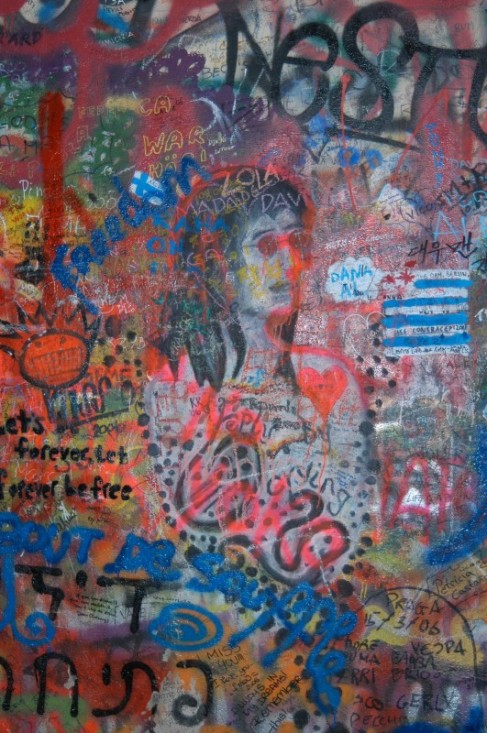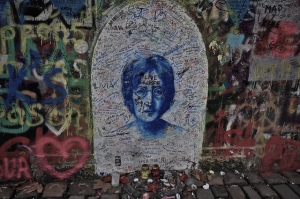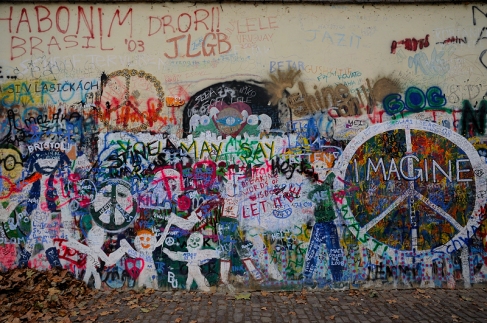Space is a term that can be referred to as a boundless three-dimensional extent in which objects and event have relative position and directions. Physical space is often conceived in three linear dimensions, although modern physicists usually consider it with time.
The concept of space is considered to be of fundamental importance to an understanding of the physical universe. So many scholars have defined the concept of space, according Gottfired Leibniz viewed space as a collection of relation between object, given by their distance and direction from one another (Leibniz, 1890:45). Immauel Kant also said neither space nor time can be empirically perceived, they are elements of a systematic frame work that humans use to structure all experiences (Cited in Dikshit, 2006:70) . Leibniz he also analysed space as not more than the collection of spatial between objects in the world: ‘space is that which results from places taken together. This brings us to the simply definition of space ‘space is an abstract; it is defined through maps and geography that are physically labelled (Leibniz, 1980:62).
Our main focus in this research is the geographical and culture space and mapping out our space (ie our research location), to make sense and meaning to the research.
Geography is the branch of science concerned with identifying and describing the earth, utilizing spatial awareness to try to understand why things exist in specific location and this is done by cartography, it is the mapping of space to allow better navigation for visualization purposes and to all as a locational device.
Geographical space is often considered as land and the have a relation to ownership usage (in which space is seen as a property or territory). Space also impact on human and cultural behaviour as one person’s space is different from the other. Space also being an important factor in the design of building and structures.
As a result of our research topic, we need to map out our space to make sense to us, but before doing that we need to look into the meaning of maps, According to Peter Jackson 1989, he refers to map as a meaning of a way we make sense of the world, rendering our geographical experience intelligible, attaching value to the environment and investing the material world with symbolic significance (Jackson, 1989:1). So this to say space is important in mapping out geographical culture.
In simple term a map is a visual representation of an area a symbolic depiction, highlighting relationship between elements of the space as object, region etc. According to O’Connor 2002, he said many maps are static two dimensional, geometrically accurate or approximately accurate representation of three-dimensional space, while others are dynamic or interactive. Many maps may represent any space, real or imagined (O’Conner, 2002:16).
All this maps with descriptions have embedded meaning in them about a space, and how one can relate to a space individually, collectively and culturally. This again has to do with cultural geography – Cultural geography is the study of cultural products and norms, in relation to space and place, it focuses on describing and analysing the ways language, religion, economy, government, and other cultural phenomena vary. In understanding cultural geography one has to understand the unique cultural character of a space.
The understanding of cultural location is to recognize that each, cultural location as space has its own unique cultural characters. How to understand this is to approach a city space and its cultural characters. Giving that Prague is our primary focus, which its cultural location (geography and character) is a distinctive one.
Prague is the capital of Czech Republic, it is the fourteenth largest city in European Union, it situated in the North West of the country, it is 496 square KM about 1.2 million inhabitants live there. The Vitava River is a defining geographical feature as it rolls through the city. Prague is spread with in the Vitava River basin over a series of nine hills: Lethna, Vitkon, Opys, Vetrov, Skalka, Emauzy, Vysehrad, Karlov and the highest Petrin. The city centre of the city lives on both side of the river and was/is traditionally divided into four sections.
- Hradcany (hill on the left bank), site of Prague castle, a complex of Palaces and churches that dates from the 10th century.
- Lesser Quarter: (below the castle) area of winding streets Baroque Palaces, gardens and medieval houses.
- Old Town (on the opposite side of the river connected to lesser quarter by Charles Bridge) site of the old town square and many Gothic building.
- New Town (connected to old town) newer developments including Wenceslaus square.
The city has a temperate oceanic climate, with its warm summer and chilly winter, since the fall of the iron curtain Prague has become one of the world’s most popular tourist destination, it is the sixth most visited in European city after London, Paris, Rome, Madrid, and Berlin. The city contains one of the world most pristine and varied collection of architecture (Geography of Prague, 2012).
The understanding of a map makes sense of space, place and culture, having done a research on space and map, this enable us make understand of our primary research location.
Reference
- O’Connor J.J and E, Robertson, 2002: The History of Cartography. Scotland , St Andrews university.
- Peter Jackson, 1989: Maps of Meaning. Unwin Hyman Ltd.
- Leibniz. G, (1890). The Philosophical works of Lelbniz.
- R.D Dikshit (2006). Geographical thought: A contextual history of Ideas. Prentice. Hall of India.

Lesoda Otu-Iso





